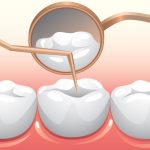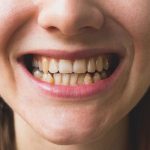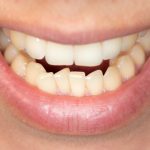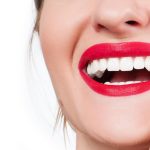Tea Teeth Stains? Try These Simple Tips to Remove Them Today!
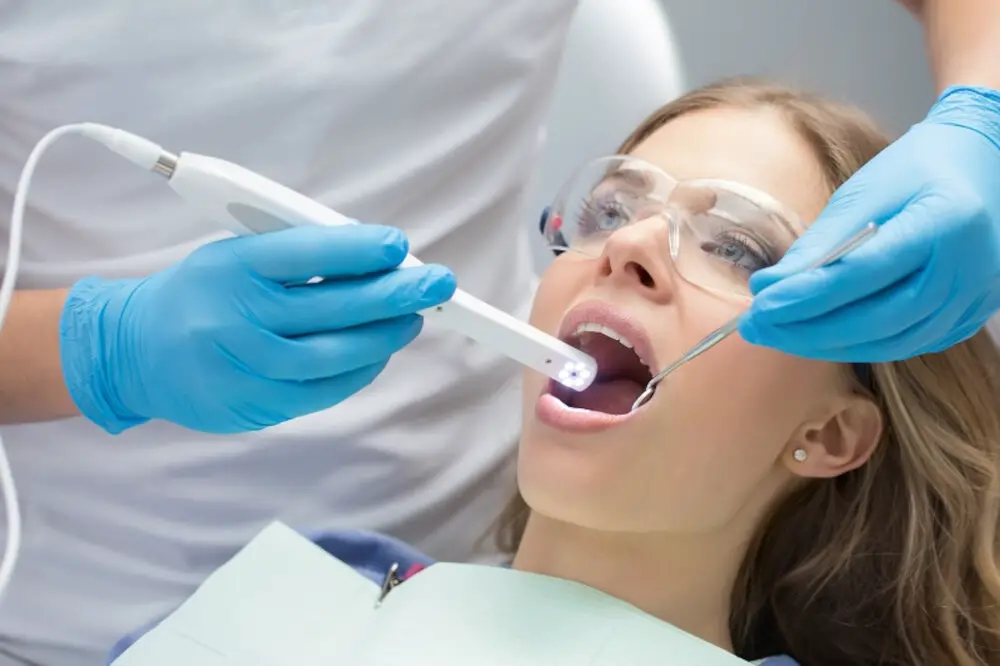
Tea is often considered as one of the most popular beverages across the world. It is consumed in different forms and flavors, and is known for its numerous health benefits. However, excessive consumption of tea can lead to the formation of stubborn stains on the teeth, which can be quite unattractive and embarrassing. These stains are caused by the tannins present in tea, which stick to the enamel of the teeth and cause discoloration over time. If you’re someone who loves tea but hates the stains it leaves on your teeth, worry not! In this article, we will be sharing some simple and effective tips that can help you remove tea stains from your teeth today. Tea stains on teeth are a common problem faced by many tea drinkers. These stains can be quite difficult to remove and can affect the overall appearance of your smile. While there are many commercial products available in the market that claim to help remove tea stains from teeth, they can be quite expensive and may not always provide the desired results. Fortunately, there are several natural remedies and simple tips that you can try at home to get rid of those stubborn tea stains. These tips are not only affordable and easily accessible, but also safe and effective. So, if you’re tired of hiding your teeth every time you smile, read on to discover some amazing ways to remove tea stains from your teeth and restore your pearly whites to their former glory.
Tea teeth stains are discolorations that appear on the surface of teeth caused by the pigments found in tea. These stains can be problematic as they can lead to a yellow or brownish appearance of the teeth, which can significantly impact one’s self-confidence and overall appearance. Furthermore, tea teeth stains can also be a sign of poor oral hygiene, and if left untreated, they can lead to tooth decay and other dental problems. Therefore, it is essential to take steps to remove tea teeth stains to maintain healthy and beautiful teeth.
Home Remedies
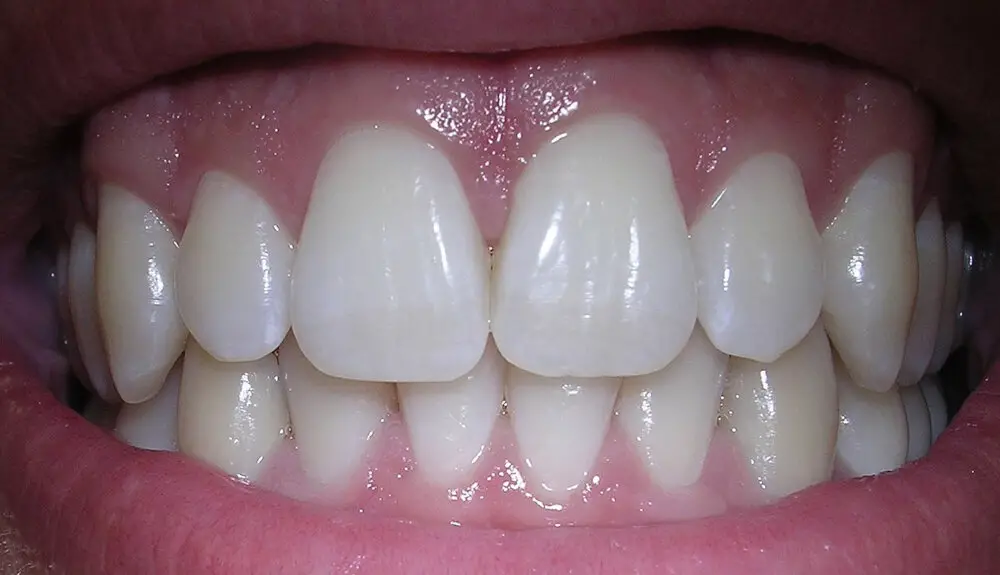
Home remedies are a great way to treat various health and beauty-related issues without spending a lot of money on expensive products. For those who suffer from tea teeth stains, there are several home remedies that can help to remove them effectively. One of the most popular methods is to use baking soda and hydrogen peroxide. Simply mix a small amount of baking soda with hydrogen peroxide to form a paste, and then brush your teeth with it for a few minutes. This can help to remove the stains and whiten your teeth naturally. Another effective home remedy for tea teeth stains is apple cider vinegar. This natural remedy contains acetic acid, which can help to remove stains and whiten your teeth. To use apple cider vinegar, simply mix it with water and use it as a mouthwash. Swish the mixture around in your mouth for a few minutes, and then rinse with water. You can also mix apple cider vinegar with baking soda to form a paste, and then brush your teeth with it for a few minutes. With these simple home remedies, you can remove tea teeth stains and achieve a brighter, whiter smile without having to spend a lot of money on expensive treatments.
Tea stains on teeth can be unsightly and difficult to remove, but there are several natural home remedies that can help. One remedy is baking soda, which can be mixed with water to form a paste and applied to the teeth with a toothbrush. Another option is hydrogen peroxide, which can be mixed with water and used as a mouthwash. Apple cider vinegar is also a popular remedy, and can be diluted with water and used as a mouth rinse. While these remedies may help to remove tea stains, it is important to remember that they should be used in moderation and not too frequently, as they can also damage tooth enamel if overused.
When it comes to removing tea stains from teeth, there are several remedies that can be used effectively and safely. One of the most popular options is to use baking soda, which can be mixed with water to create a paste that is then applied to the teeth with a toothbrush. Another option is to use hydrogen peroxide, which can be diluted with water and used as a mouthwash. It’s important to be cautious with both of these remedies and not to use them too frequently, as they can cause damage to the teeth and gums if used excessively. Additionally, it’s a good idea to consult with a dentist before attempting any at-home remedies to ensure that they are safe for your specific dental needs.
While natural remedies for teeth stains using tea may seem like a safe and cost-effective solution, there are potential downsides and risks to be aware of. One major concern is that excessive use of acidic solutions such as black tea or lemon juice can erode the tooth enamel, leading to sensitivity and susceptibility to cavities. Additionally, some natural remedies may not be effective in removing deeper or stubborn stains, and could even make them worse by causing uneven discoloration. It’s important to consult with a dentist before trying any home remedies for teeth whitening, and to use them in moderation to avoid long-term damage to your dental health.
OvertheCounter Products
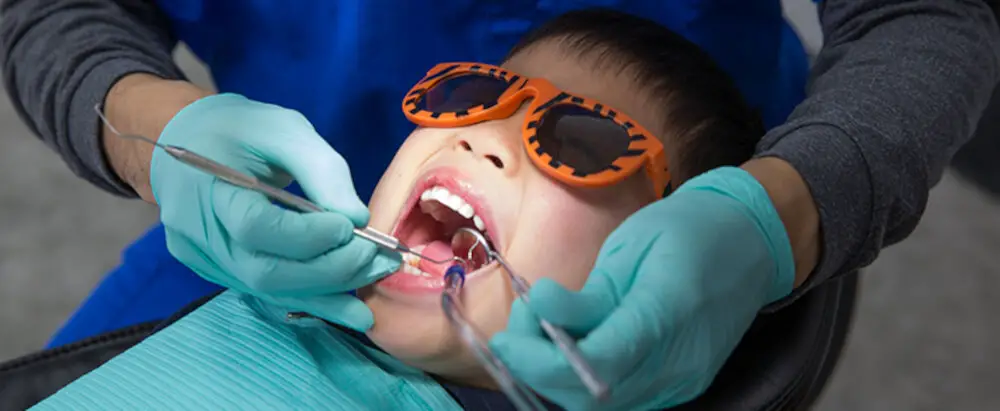
Over-the-counter products are a great option for those who want to remove tea stains from their teeth without having to go to the dentist. These products are readily available at drugstores and supermarkets, and they are often affordable and easy to use. Some of the most popular over-the-counter products for removing teeth stains include whitening toothpaste, whitening strips, and whitening gels. Whitening toothpaste is a great option for those who want to gradually remove tea stains from their teeth over time. These toothpastes contain abrasive particles that gently scrub away surface stains, leaving teeth looking brighter and whiter. Whitening strips and gels, on the other hand, are more powerful options that can remove deeper stains in just a few uses. These products contain peroxide, which helps to break down stains and whiten teeth. However, it is important to follow the instructions carefully and not to overuse these products, as they can cause sensitivity and damage to the teeth and gums if used incorrectly.
Tea stains on teeth can be unsightly and difficult to remove. Fortunately, there are several over-the-counter products that can help brighten your smile. Whitening toothpaste is a popular option that uses mild abrasives and chemical agents to remove surface stains. Whitening strips are another effective option that can be applied directly to the teeth and left on for a specified amount of time. Mouthwashes containing hydrogen peroxide can also help remove tea stains by breaking down the pigments in the teeth. It’s important to note that these products may not work for everyone and some may experience sensitivity or discomfort. It’s always best to consult with a dentist before trying any new whitening products.
When it comes to removing tea stains from your teeth, there are several products that can be used effectively and safely. Whitening toothpaste is a popular option, as it contains mild abrasives that can help scrub away surface stains. However, it’s important to use it in moderation to avoid damaging your enamel. Another option is hydrogen peroxide, which can be mixed with water to create a DIY whitening mouthwash. Just be sure to use a low concentration and not swallow the solution. Charcoal toothpaste is another trend that has gained popularity, as it’s believed to absorb stains and toxins. However, it’s important to choose a reputable brand and not use it too often, as it can be abrasive and damage your enamel. Lastly, professional teeth whitening treatments from your dentist can be the most effective option, but it’s important to discuss any potential risks and side effects with your dentist beforehand.
While tea offers numerous health benefits, it is also a common cause of teeth stains. Although there are several natural and effective ways to remove these stains, it is important to note that excessive use of some of these products can lead to other dental problems. For instance, brushing with baking soda too frequently can weaken the enamel on your teeth, which could lead to sensitivity or even tooth decay. Similarly, using hydrogen peroxide for teeth whitening too often can cause gum irritation and even damage to the soft tissue in your mouth. Therefore, it is important to use these products in moderation and consult a dentist if you experience any adverse effects.
Professional Treatments
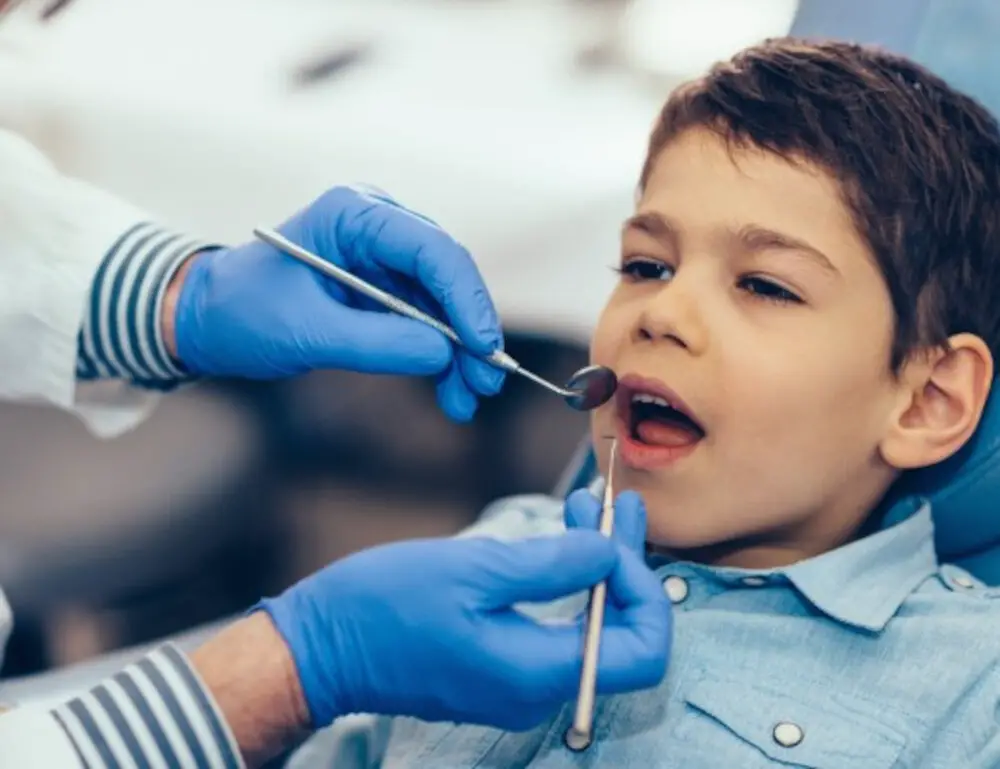
Professional treatments are an effective way to combat stubborn tea stains on your teeth. These treatments involve visiting a dental professional who will use specialized equipment and techniques to remove the stains. One common professional treatment is teeth whitening, which uses a bleaching agent to lighten the color of your teeth. This treatment can be done in-office or at home with a customized tray and bleaching gel. It is important to note that teeth whitening should only be done under the supervision of a dental professional as misuse can lead to tooth sensitivity and damage to the enamel. Another professional treatment for tea stains is dental bonding. This process involves applying a tooth-colored resin to the surface of the teeth and shaping it to match the natural appearance of your teeth. Bonding can be used to cover stains and discoloration, as well as to repair chips and cracks. It is a quick and non-invasive procedure that can be completed in one visit to the dentist. However, it is important to note that bonding may not last as long as other dental procedures and may need to be replaced after a few years. Overall, professional treatments are a great option for those looking to remove stubborn tea stains and achieve a brighter, more confident smile.
Tea teeth stains can be stubborn and difficult to remove with regular brushing and flossing. However, there are several professional treatments that can help eliminate these stains. Dental cleanings are a common and effective method for removing tea stains. A dental hygienist will use special tools to remove tartar and plaque buildup, which can significantly improve the appearance of stained teeth. Professional whitening treatments are another option, which involves applying a bleaching agent to the teeth to lighten their color. Finally, veneers are a more permanent solution that involves placing a thin layer of porcelain or composite material over the surface of the teeth to cover up stains and improve their overall appearance. Consult with your dentist to determine which treatment option is best suited for your individual needs and goals.
Tea can stain teeth leaving them looking yellow or brown. Fortunately, there are several effective treatments to remove these stains. One popular method is teeth whitening, which involves applying a bleaching agent to the teeth to remove discoloration. This process can be done at home using over-the-counter whitening kits or by a dentist in-office. Another option is dental bonding, where a tooth-colored resin is applied to the surface of the teeth to cover up stains. This is a quick and painless procedure that can last for several years. Finally, veneers can be used to cover up more severe staining. These are thin shells made of porcelain that are placed over the teeth to improve their appearance. Regardless of the treatment you choose, it’s important to maintain good oral hygiene habits to prevent new stains from forming.
While natural remedies like baking soda, hydrogen peroxide, and apple cider vinegar can be effective in removing tea stains from teeth, there are some potential downsides and risks associated with these treatments. Overuse of baking soda can erode tooth enamel, leading to increased sensitivity and tooth decay. Similarly, excessive use of hydrogen peroxide can damage gum tissue and cause irritation. Apple cider vinegar, if not diluted properly, can also lead to erosion of tooth enamel and potentially cause harm to the soft tissues in the mouth. It’s important to use these remedies in moderation and consult with a dentist if you experience any negative side effects.
Prevention
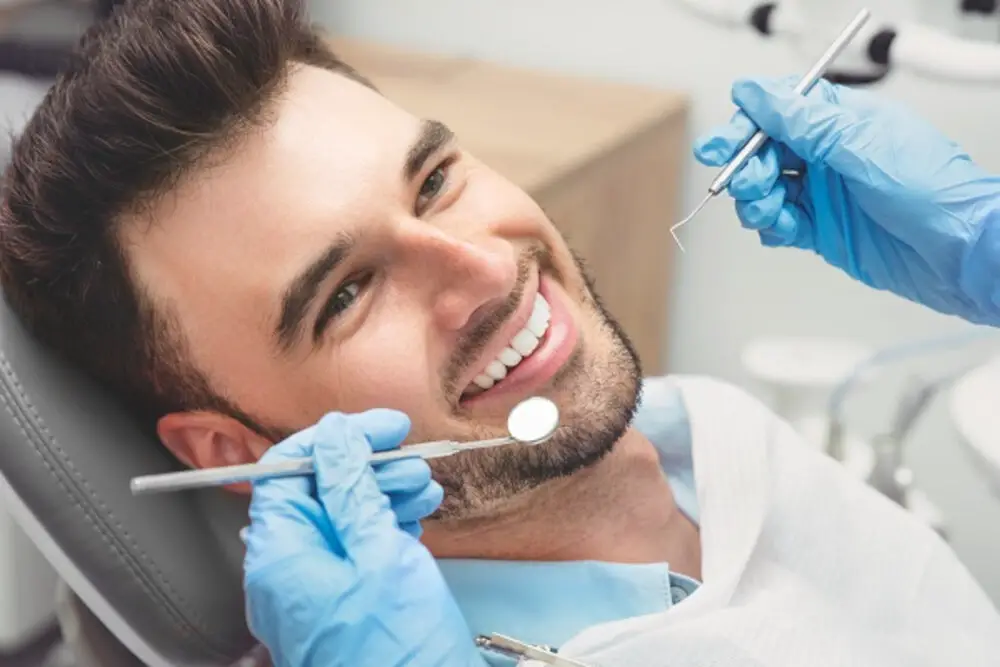
Prevention is always better than cure, and when it comes to tea teeth stains, this statement holds true. The best way to remove tea stains from your teeth is to prevent them from happening in the first place. One of the most effective ways to do this is to limit your intake of tea, especially black tea, which is notorious for causing stains. You can also try drinking tea through a straw, which will prevent the tea from coming into contact with your teeth. Additionally, make sure to brush your teeth twice a day and floss regularly to remove any tea residue that may have built up on your teeth. Another way to prevent tea teeth stains is to choose the right type of tea. Green tea is known to have fewer staining properties than black tea, so making the switch to green tea may be a good option for those who are concerned about tea stains. Additionally, herbal teas such as chamomile and peppermint are also great options as they do not contain tannins, which are the compounds responsible for causing tea stains. Lastly, make sure to rinse your mouth with water after drinking tea to help wash away any remaining tea particles and prevent them from sticking to your teeth. By following these simple prevention tips, you can enjoy your tea without worrying about unsightly teeth stains.
Tea teeth stains can be a nuisance for anyone who enjoys a good cup of tea. Fortunately, there are several ways to prevent them from forming in the first place. One effective method is to use a straw when drinking tea, as this helps to minimize the contact between the teeth and the staining compounds in the tea. Another helpful tip is to rinse your mouth with water after drinking tea, as this can help to wash away any residual tea and prevent it from adhering to the teeth. Additionally, regular brushing and flossing can help to remove any surface stains and keep your teeth looking bright and healthy. By following these simple tips, you can enjoy your tea without worrying about unsightly stains on your teeth.
In addition to avoiding teeth-staining beverages like tea and coffee, there are several lifestyle changes that can help maintain white and healthy teeth. Regular brushing and flossing, as well as using mouthwash, can help remove surface stains and prevent the buildup of plaque. Eating a balanced diet that includes crunchy fruits and vegetables can also help keep teeth clean, as chewing stimulates saliva production, which neutralizes harmful bacteria. Finally, quitting smoking and limiting alcohol consumption can also improve oral health and reduce the risk of tooth discoloration. By incorporating these lifestyle changes, you can not only remove tea stains but also maintain a bright, healthy smile.
The article \Tea Teeth Stains: Try These Simple Tips to Remove Them Today!\ provides valuable information on how to remove tea stains from teeth. The author emphasizes the importance of good oral hygiene and regular dental check-ups to prevent and treat teeth staining. The article then suggests several simple and natural remedies to remove tea stains, such as brushing with baking soda or hydrogen peroxide, using apple cider vinegar, or oil pulling with coconut oil. The author also advises against using harsh or abrasive teeth whitening products that can damage the enamel. By following these tips, tea lovers can enjoy their favorite beverage without worrying about unsightly teeth stains.
Tea lovers often face the problem of tea stains on their teeth, which can be quite frustrating and difficult to remove. However, there are some simple tips that can help to remove these stains and keep your teeth healthy and sparkling. First, try to limit your tea intake and use a straw to prevent direct contact with your teeth. Secondly, brush your teeth twice daily with a whitening toothpaste and rinse with a mouthwash. Lastly, regular visits to the dentist are essential to maintain good oral hygiene and prevent any dental issues. So, give these tips a try and enjoy your tea without worrying about tea stains and dental problems.
Conclusion
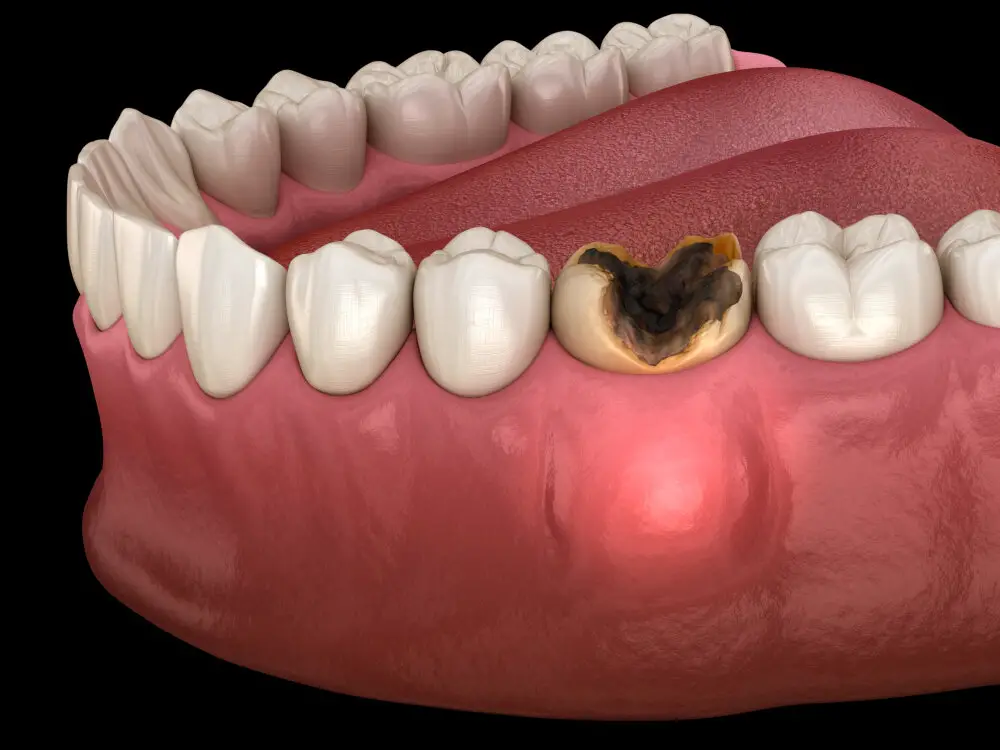
In conclusion, the unsightly stains caused by tea on our teeth can be a source of embarrassment and self-consciousness. However, with the simple tips provided in this article, you can effectively remove those stubborn stains and restore your bright, beautiful smile. From incorporating whitening toothpaste and baking soda into your dental routine, to trying out natural remedies such as oil pulling and apple cider vinegar, there are a variety of options available to combat tea stains. So don’t let stained teeth hold you back any longer – try these tips today and enjoy the confidence that comes with a radiant smile.
